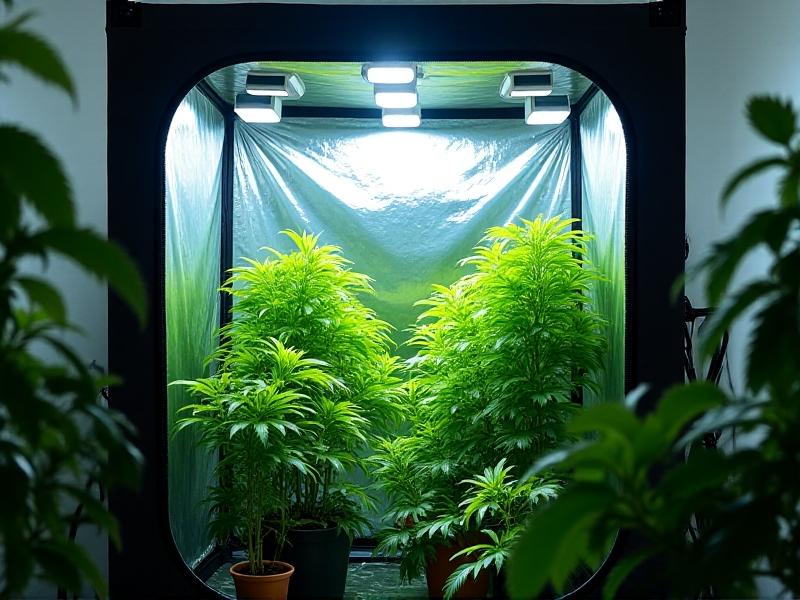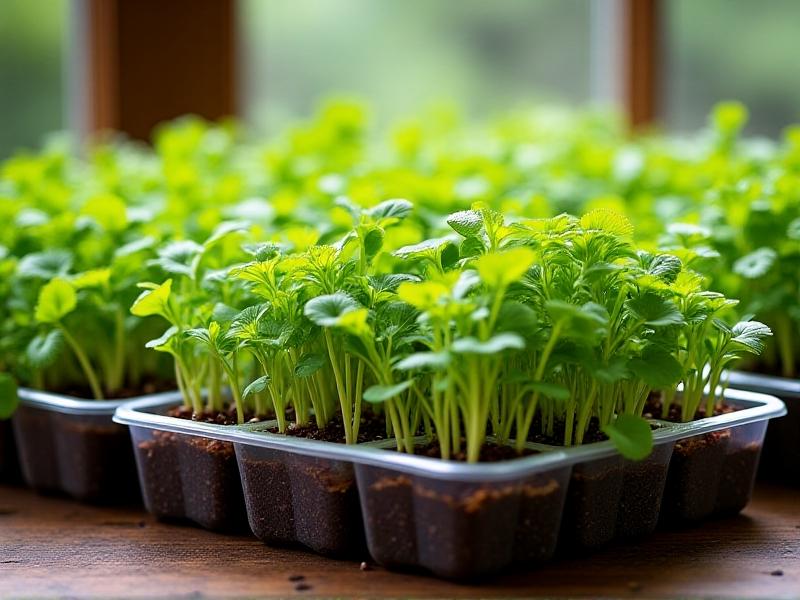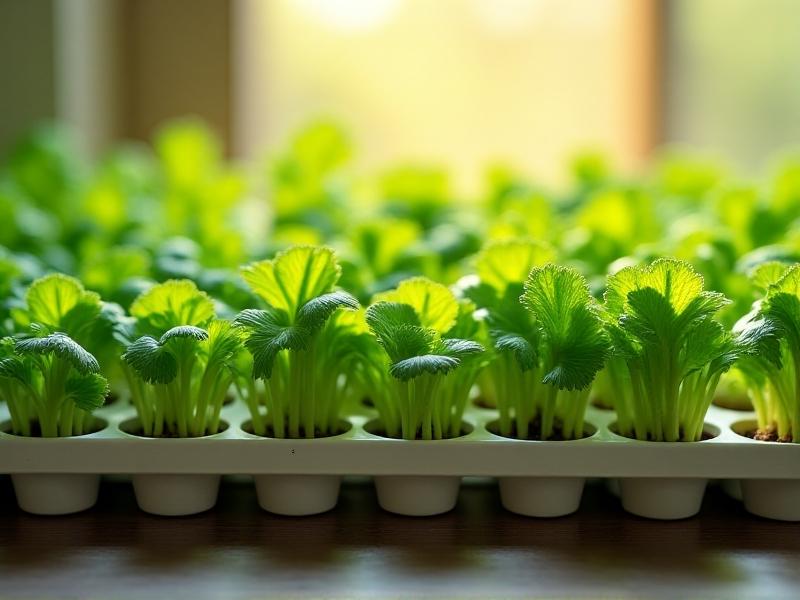Lux vs PAR: Measuring Light Effectiveness
Understanding Lux and PAR: The Basics of Light Measurement
When it comes to measuring light, two terms often come up: Lux and PAR. Lux is a unit of illuminance, measuring the amount of light that falls on a surface. It’s commonly used in photography, architecture, and general lighting design. PAR, or Photosynthetically Active Radiation, on the other hand, measures the light spectrum that plants use for photosynthesis, typically in the range of 400 to 700 nanometers. Understanding these two metrics is crucial for different applications, whether you’re designing a lighting system for a building or optimizing grow lights for a greenhouse.
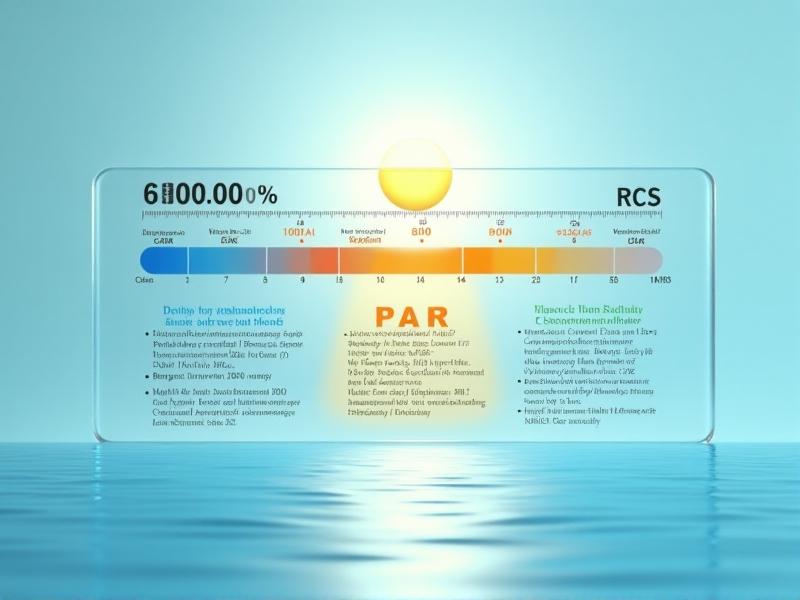
Lux: Measuring Light for Human Environments
Lux is a measure of how much light is perceived by the human eye. It’s calculated as lumens per square meter and is widely used in lighting design to ensure spaces are adequately illuminated. For example, an office might require around 500 lux for comfortable working conditions, while a surgical room might need up to 10,000 lux. Lux is particularly important in environments where human activity is the primary focus, such as homes, workplaces, and public spaces. However, it doesn’t account for the specific wavelengths of light, which can be critical in other applications.
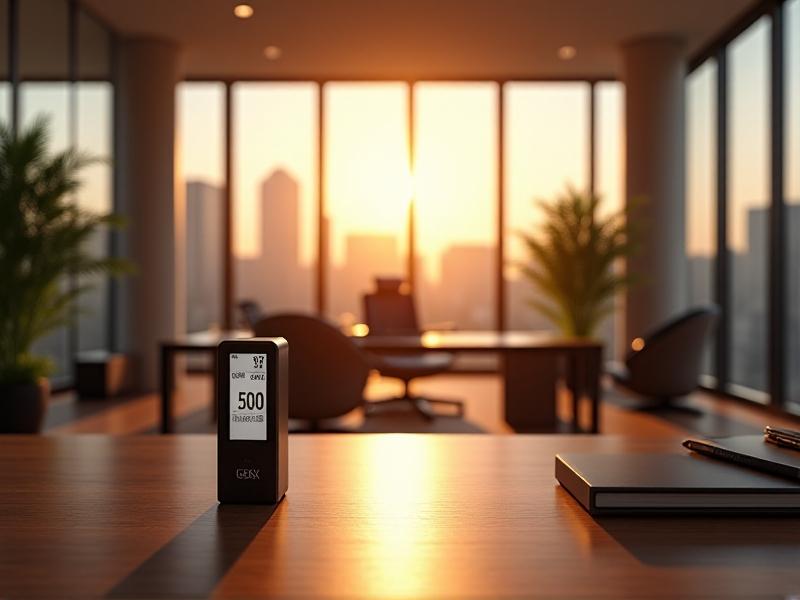
PAR: The Science Behind Plant Growth
PAR is essential for understanding how light affects plant growth. Unlike Lux, which measures light intensity for human vision, PAR focuses on the wavelengths of light that plants use for photosynthesis. These wavelengths are primarily in the blue (400-500 nm) and red (600-700 nm) ranges. PAR is measured in micromoles per square meter per second (µmol/m²/s) and is crucial for horticulture, agriculture, and indoor farming. By optimizing PAR levels, growers can ensure their plants receive the right amount of light to thrive, leading to healthier crops and higher yields.
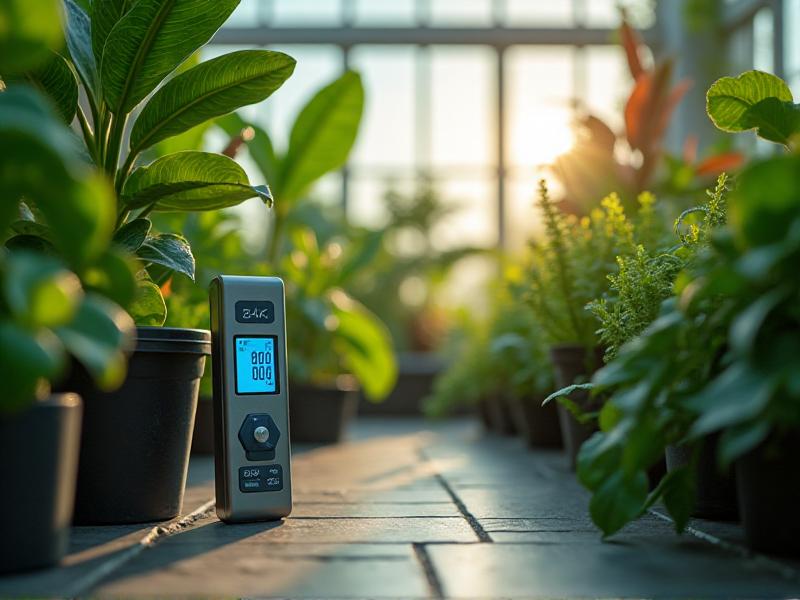
Lux vs PAR: Key Differences and Applications
While both Lux and PAR measure light, they serve different purposes. Lux is tailored for human environments, ensuring spaces are adequately lit for comfort and productivity. PAR, on the other hand, is specific to plant growth and focuses on the light spectrum that drives photosynthesis. Understanding these differences is crucial when selecting lighting systems. For example, a high-lux LED bulb might be perfect for a living room but ineffective for growing plants, which require specific PAR wavelengths. Choosing the right measurement depends on your application and goals.
Measuring Light Intensity: Tools and Techniques
Accurate light measurement requires the right tools. Lux meters are widely available and easy to use, making them ideal for general lighting assessments. PAR meters, while more specialized, are essential for horticulture and agriculture. These devices measure the intensity of photosynthetically active radiation, helping growers optimize their lighting setups. Calibration and proper usage are key to obtaining accurate readings. Whether you’re measuring Lux for a workspace or PAR for a greenhouse, investing in quality equipment ensures reliable results.
Optimizing Light for Different Environments
Light optimization varies depending on the environment. In human-centric spaces, the goal is to achieve comfortable and efficient lighting levels, often measured in Lux. For plant growth, the focus shifts to providing the right PAR wavelengths to support photosynthesis. This might involve using full-spectrum LED grow lights or adjusting the light duration and intensity. Balancing Lux and PAR requirements can be challenging in mixed-use spaces, such as greenhouses with visitor areas. However, with careful planning and the right tools, it’s possible to create environments that meet both human and plant needs.
Future Trends in Light Measurement and Technology
As technology advances, so do the ways we measure and utilize light. Innovations in LED technology are making it easier to customize lighting for specific applications, from human environments to plant growth. Smart lighting systems, which can adjust Lux and PAR levels automatically, are becoming more common. Additionally, research into the effects of light on human health and plant biology is driving the development of new measurement techniques and standards. Staying informed about these trends can help you make better decisions when it comes to lighting design and optimization.
Practical Tips for Measuring and Using Lux and PAR
To get the most out of Lux and PAR measurements, start by understanding your specific needs. For human environments, focus on achieving the recommended Lux levels for different activities. For plant growth, prioritize PAR wavelengths and ensure even light distribution. Regularly calibrate your measurement tools and keep them clean for accurate readings. When designing lighting systems, consider energy efficiency and long-term maintenance. By following these practical tips, you can create effective lighting solutions tailored to your goals.
